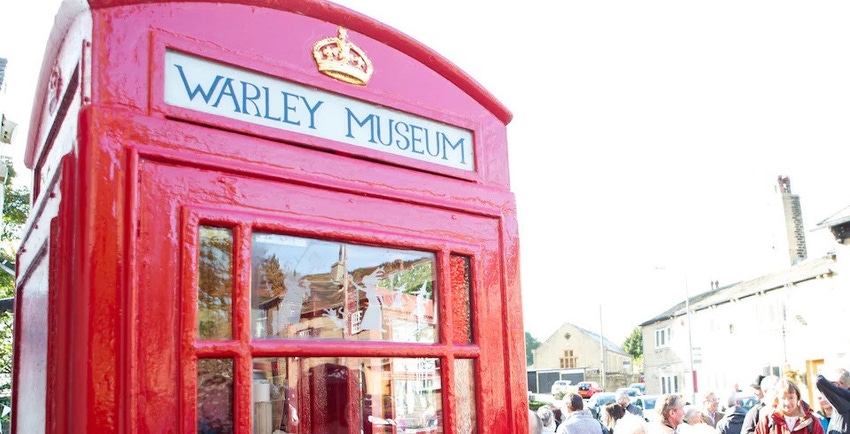BT offloading 1000 phone boxes to communities for a quid each
As the UK’s famous red phone box turns 100 next year, UK telco group BT is encouraging communities to repurpose another 1000 of them for things such as defibrillator stations and micro-art galleries.
August 17, 2023

As the UK’s famous red phone box turns 100 next year, UK telco group BT is encouraging communities to repurpose another 1000 of them for things such as defibrillator stations and micro-art galleries.
BT began the Adopt a Kiosk programme in 2008, in which communities, parish councils and registered charities can repurpose redundant phone boxes for the modest fee of £1. Since then more than 7,200 phone boxes have been snapped up and turned into things ranging from the practical, such as defibrillator units, and the twee, such as and pint-sized libraries, art galleries and local museums.
It’s now announced there are 1000 more waiting to be snapped up, and is encouraging local people to claim them. BT will continue to provide electricity to power the light for adopted phone boxes for free, which is nice of them.
At their peak in the 1990s there were around 100,000 phone boxes in the UK. Since mobile phone ownership and signal coverage became more and more widespread, BT has gradually decommissioned many of them. There are now around 20,000 remaining working units, 3,000 of which are the iconic red kiosks.

“With the vast majority of people now using mobile phones, and significant improvements to mobile coverage across the UK, we’ve continued to see a big drop in the number of calls made from payphones,” said Michael Smy, Head of Street at BT. “That’s why we’re continuing to review our payphones estate, making sure we’re prioritising the removal of those not being used, in line with Ofcom’s latest guidance.
“With the iconic red kiosk about to turn 100, it’s a great opportunity to remind communities that would still like to retain their local kiosk to take it on for just £1 through our Adopt a Kiosk scheme. We’ve already seen some great kiosk conversions across the UK that have become valuable community assets.”
The UK’s red phone box design turns 100 next year, and the announcement takes the opportunity to take us on a stroll down memory lane.
The first phone boxes were called K1s, were made of concrete and rolled out in small numbers in 1921. The famous red phone box we recognise today turned up in 1926, mainly in London, and in 1936 was refined to the K6 design and started popping up all over the rest of the UK to mark George V’s Silver Jubilee. So now you know – it’s bound to come up in a pub quiz at some point.
BT is busy transforming its aging street furniture footprint in other areas as well. Besides this scheme, it recently announced a campaign of technical and commercial pilots to transform redundant street cabinets into electric vehicle charging points. The cabinets are currently used to provide copper-based broadband and phone services, but will be decommissioned in the wake of BT’s fibre rollout.
It’s also churning out more ‘high-tech digital street units’ called Street Hubs, which are pitched more modern alternative to traditional payphones. As well as providing wifi, free emergency calls, directions if you are lost, and device charging, they have the capacity to be fitted with 4G and 5G cells.
As will no doubt have been observed by anyone strolling through UK cities over the years, many phone boxes have already been unofficially repurposed into advertising hubs of a decidedly less wholesome fashion – so a micro library would certainly be a step up.
In another 100 years perhaps this next generation of Street Hubs will have their turn at being transformed into community flower beds as well, or something like soylent green depositories depending on how things go.
Get the latest news straight to your inbox. Register for the Telecoms.com newsletter here.
About the Author(s)
You May Also Like








.png?width=300&auto=webp&quality=80&disable=upscale)


_1.jpg?width=300&auto=webp&quality=80&disable=upscale)


.png?width=800&auto=webp&quality=80&disable=upscale)